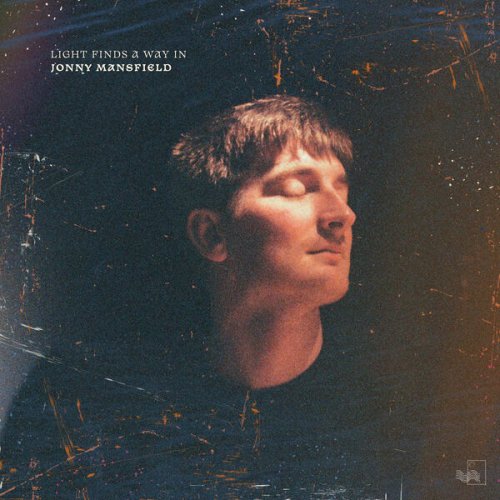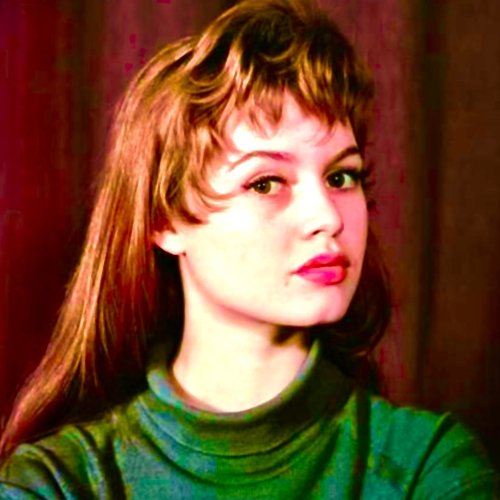Fausto Saredi, Laura Magistrelli, Remo Pieri & Tommaso Valenti - F.Krommer, C.Kreutzer: Chamber Music for two or three clarinets and two clarinets and viola (2018)
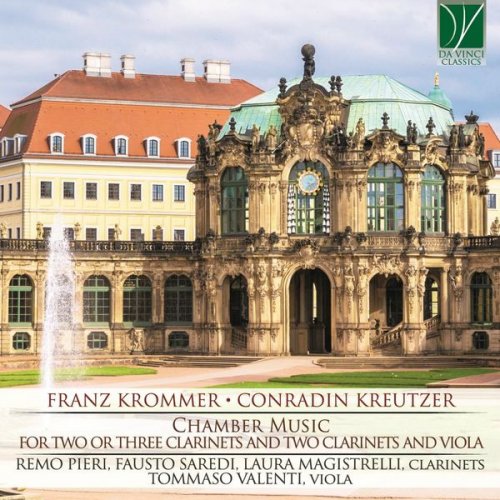
Artist: Fausto Saredi, Laura Magistrelli, Remo Pieri, Tommaso Valenti
Title: F.Krommer, C.Kreutzer: Chamber Music for two or three clarinets and two clarinets and viola
Year Of Release: 2018
Label: Da Vinci Classics
Genre: Classical
Quality: FLAC (tracks)
Total Time: 1:14:24
Total Size: 278 MB
WebSite: Album Preview
Tracklist:Title: F.Krommer, C.Kreutzer: Chamber Music for two or three clarinets and two clarinets and viola
Year Of Release: 2018
Label: Da Vinci Classics
Genre: Classical
Quality: FLAC (tracks)
Total Time: 1:14:24
Total Size: 278 MB
WebSite: Album Preview
1. Trio for 2 Clarinets and Viola in B-Flat Major, KWV 5206: I. Allegro (03:55)
2. Trio for 2 Clarinets and Viola in B-Flat Major, KWV 5206: II. Tempo di polacca (02:48)
3. Trio for 2 Clarinets and Viola in B-Flat Major, KWV 5206: III. Adagio (03:58)
4. Trio for 2 Clarinets and Viola in B-Flat Major, KWV 5206: IV. Rondo moderato e cantabile (05:55)
5. Duo for 2 Clarinets in C Major: I. Allegro moderato (04:21)
6. Duo for 2 Clarinets in C Major: II. Adagio (03:30)
7. Duo for 2 Clarinets in C Major: III. Moderato (03:27)
8. Duo for 2 Clarinets in C Major: IV. Minuetto (01:54)
9. Duo for 2 Clarinets in C Major: V. Rondo allegro (02:45)
10. Variations on a Theme by Pleyel in F Major (Arr. for 3 Clarinets) (06:38)
11. 13 Pieces for Two Clarinets and Viola, Op. 47: No. 1, Andante (01:51)
12. 13 Pieces for Two Clarinets and Viola, Op. 47: No. 2, Rondo and Trio (01:56)
13. 13 Pieces for Two Clarinets and Viola, Op. 47: No. 3, Romance (02:50)
14. 13 Pieces for Two Clarinets and Viola, Op. 47: No. 4, Minuetto and Trio (02:58)
15. 13 Pieces for Two Clarinets and Viola, Op. 47: No. 5, Rondo and Trio (01:45)
16. 13 Pieces for Two Clarinets and Viola, Op. 47: No. 6, Allegro and Trio (02:27)
17. 13 Pieces for Two Clarinets and Viola, Op. 47: No. 7, Rondo and Trio (03:12)
18. 13 Pieces for Two Clarinets and Viola, Op. 47: No. 8, Adagio (04:00)
19. 13 Pieces for Two Clarinets and Viola, Op. 47: No. 9, Rondo and Trio (03:14)
20. 13 Pieces for Two Clarinets and Viola, Op. 47: No. 10, Menuetto and Trio (02:59)
21. 13 Pieces for Two Clarinets and Viola, Op. 47: No. 11, Allegro and Trio (02:24)
22. 13 Pieces for Two Clarinets and Viola, Op. 47: No. 12, Polonese and Trio (02:25)
23. 13 Pieces for Two Clarinets and Viola, Op. 47: No. 13, Andante and Trio (03:00)
Starting from the classical and late classical periods the timbrical and dynamic flexibility of the clarinet could give to these instrument the opportunity to be easily mixed with other different instruments with surprising results. The genius of Mozart could produce unusual and unique instrumental combinations including a wonderful Quintet with piano and four winds (K 452) a Trio with viola and piano (K 498) or a Quintet with C clarinet, basset horn and string trio (K An. 90) to cite a few. In this Cd we can find two compositions of the late classical period with the unique instrumental combination of two clarinets and viola. Viola is, more than the violin, akin to the clarinet because of its compass not too high and its warmness of sound. The trio combination had been since ever perhaps the most exploited chamber group by the composers, having in it the perfect balance of the parts, with the leading instrument, a related second part and the bass part giving the harmonic support between the other two. Conradin Kreutzer was a little known German composer even though his Nachtlager von Granada and his wonderful Septet op 62 (inspired for sure by the Beethoven Septet op 20) have found some recognition since his death in 1849. He could play the clarinet, oboe, violin and piano and produced works of various genres. He wrote 50 operas, chamber music, songs, oratorios etc. He was active in Vienna where he studied with J.G. Albechtsberger and met Beethoven and Haydn. Following this time in Vienna he was appointed music director in Stuttgart as successor of Franz Danzi and later in Donaueschingen, where he had eighteen musicians at his disposition. In that city he wrote the beautiful Septet op 62 and the Quartet for clarinet and strings. Both the Trio in B flat major and the Duo in C major are pleasant Hausmusik compositions conceived with a clear late Viennese style in mind. The Duo for two clarinets is more than a mere didactic piece, well structured in five movements and with beautiful thematic ideas. Franz Krommer was also active in Vienna, in those times the musical centre of Europe, after he worked in various Bohemian courts as a teacher, concertmeister and organist. He wrote at least 9 symphonies, dozens of concertos, chamber works for string ensemble and a good number of Harmoniemusik having really good natural feelings for wind instruments. He wrote also a good number of compositions including clarinet: two Clarinet Concertos, two Concertante Symphonies for two clarinets and orchestra and six Clarinet Quartets with strings. The 13 Trios with two clarinets and viola are delightful instrumental miniatures with brief movements of different moods mostly having the first part without the indication of Minuet but a second part indicated as Trio, thus recalling the above-cited late classical Viennese style. The Trio for three clarinets had been arranged by Antonin Myslik from a Quartet in F major of Krommer, with a theme belonging to I.Pleyel. F. Krommer could express in his music wealth of original ideas, humor and spirit, harmonic idioms and striking modulations, and the content of the pieces here recorded is a vivid proof.
![Specht - Dawn (2022) [Hi-Res] Specht - Dawn (2022) [Hi-Res]](https://img.israbox.com/img/2025-12/21/6134nsos4nwrfp8p503nmr24q.jpg)
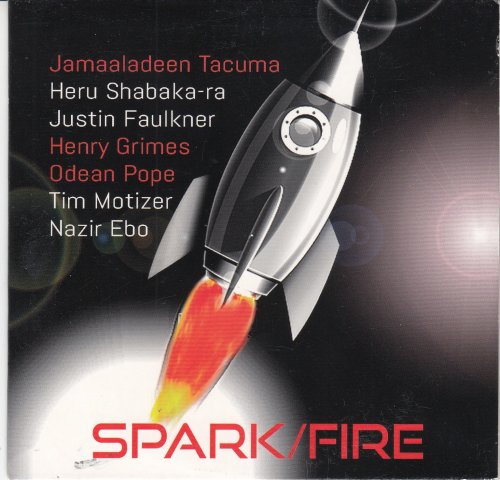
![Reggie Watts - Reggie Sings: Your Favorite Christmas Classics, Volume 2 (2025) [Hi-Res] Reggie Watts - Reggie Sings: Your Favorite Christmas Classics, Volume 2 (2025) [Hi-Res]](https://img.israbox.com/img/2025-12/21/cn1c8l2hi7zp9j05a5u7nw49g.jpg)
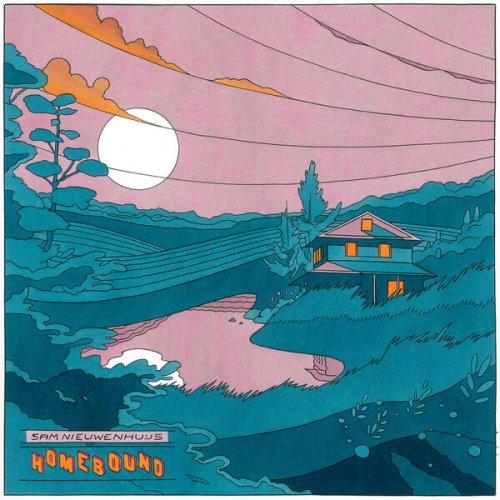

![Noé Sécula - A Sphere Between Other Obsessions (2025) [Hi-Res] Noé Sécula - A Sphere Between Other Obsessions (2025) [Hi-Res]](https://www.dibpic.com/uploads/posts/2025-12/1766108017_sej880ryk23va_600.jpg)
